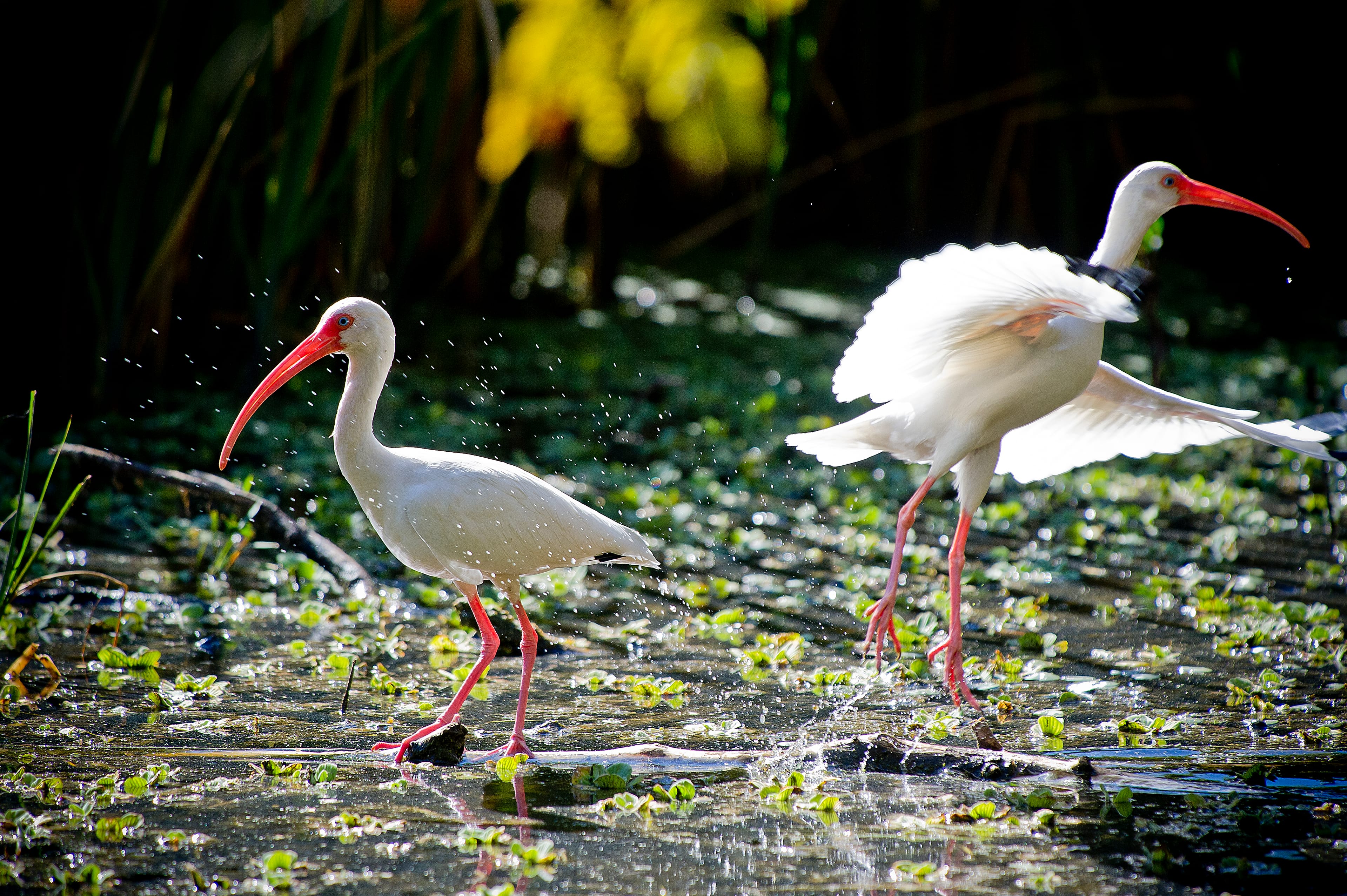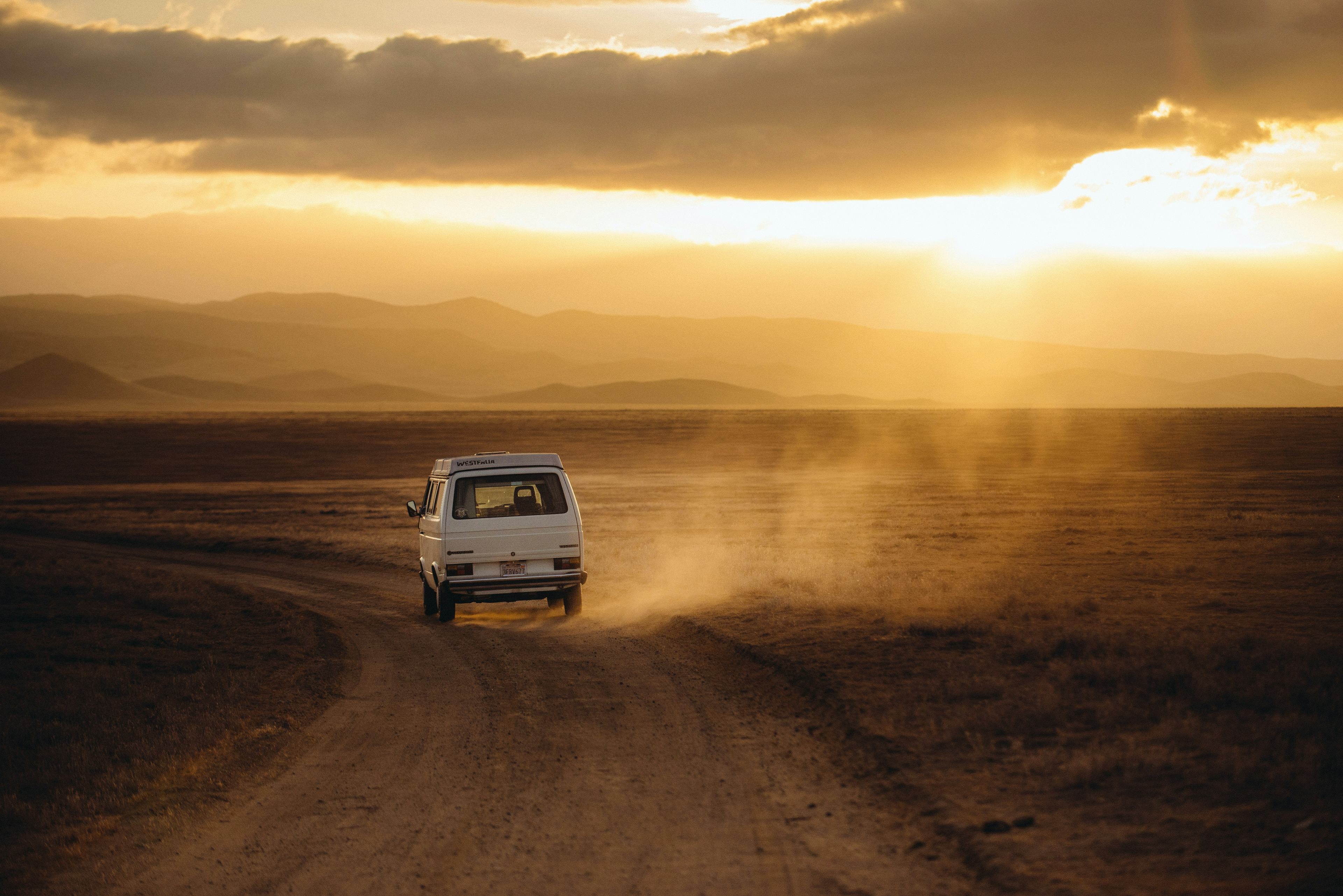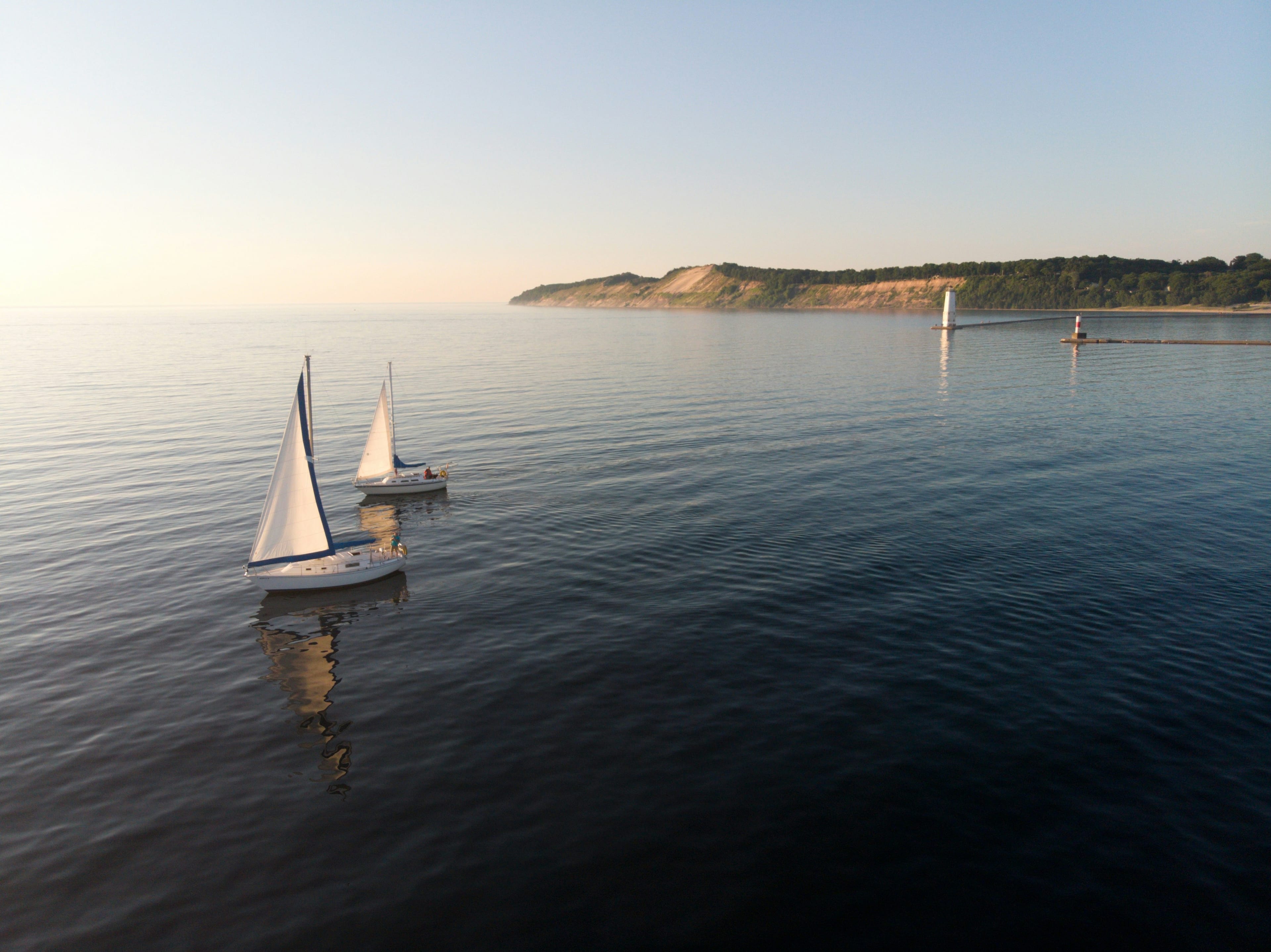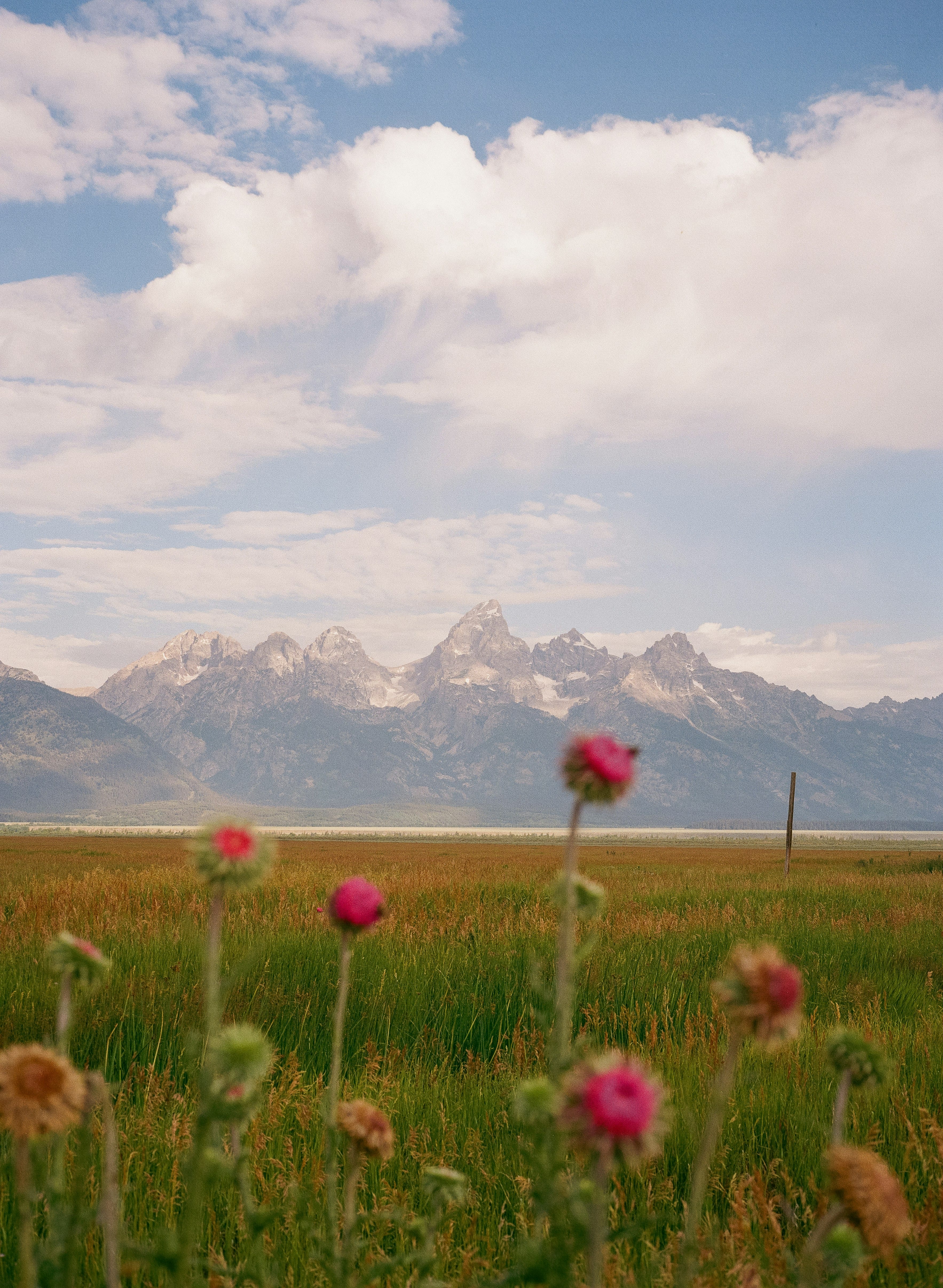100 Years of Texas Wild

Palo Duro Canyon State Park | Chase Fountain, TPWD
More than a century in, Texas State Parks remains one of the state’s most vital and beloved institutions—offering dark skies, ancient trails, wild rivers and a true sense of place.
A Word from Texas State Parks
Under big Texas skies, you’ll find boisterous country dance halls, barbecue legends and hillsides sprayed with bluebonnets. Ancient stone basins hold secret swimming holes; the blues and country drift out of a thousand corner bars. In a state of almost 270,000 square miles, there’s endless treasure to be found across its vastness.
Since 1923, Texas State Parks has been dedicated to protecting the best parts of Texas’ vast natural and cultural beauty. Originally envisioned as a series of roadside stops for highway travelers, today the Texas State Park system has grown to a network of parks, historic sites and natural areas, through legislation that, year after year, has expanded a system that welcomes millions of visitors every year: protecting large swaths of ancestral traditions, singular histories, habitats and geological wonders.
Our parks have entered a new century of outdoor adventures. Every inch of Texas public land is a seed of hope for future generations. Although the Texas State Parks system has expanded significantly in the last one hundred years, 95 percent of Texas is still privately owned. But across the state, from high plains to Gulf beaches, over 650,000 acres of public parkland are a precious resource for people and wildlife, a gateway to extraordinary beauty and adventure.
Park Perspectives
“The Big Bend is one of the last wild landscapes of the American Frontier. Its rugged mountains and desert basins protect the most remote, darkest and quietest habitats remaining in two countries. I am grateful to be among the few caretakers entrusted to study, interpret and protect it.”
– Tim Gibbs, Big Bend Ranch State Park
“The rocks here hold the stories of nearly every era and culture that has ever called this region home. Some pictographs depict ceremonies still practiced today by the Mescalero Apache Tribe.”
– Nicole Roque, Hueco Tanks State Park and Historic Site
“This stunning landscape, carved through the Southern High Plains, is the second-largest canyon in the U.S. I love the challenges of taking care of a place shaped by erosion and the everchanging forces of nature.”
– David Fischer, Palo Duro Canyon State Park
“From October through December, migratory birds rush south. By spring, birds fly north again, building nests and attracting mates. In summer, young birds learn to eat and fly.”
– Javier de León, Estero Llano Grande State Park
Texas State Parks History Timeline
1923 – State parks system is born with Gov. Pat Neff’s order after his mother donates what becomes Mother Neff State Park.
1929 – The Espíritu Santo ruins at Goliad get state park designation.
1933–41 – The Civilian Conservation Corps (CCC), National Youth Administration and the Works Progress Administration (WPA) build 31 parks.
1963 – The State Parks Board merges with Texas Game and Fish Commission to form Texas Parks and Wildlife Department.
2019 – Proposition 5 dedicates sporting goods sales tax to state parks.
2023 – Centennial celebrated; National Gold Medal Award win and creation of $1B Centennial Conservation Fund.
2025 – Post Oak Ridge State Park purchase finalized establishing the first new parkland in over a decade.


Texas State Parks
Big Bend Country
Cities of Note: El Paso, Odessa
Flora: Ocotillo, sotol, tarbush
Fauna: Javelina, black bear, Mexican jay
History Stop: Fort Leaton
Highlights: Big Bend Ranch offers more than 300,000 acres of desert wilderness. Monahans Sandhills beckons sand-sledders with dunes 50 feet high. Seminole Canyon features 4,000-year-old pictographs.
Signature Pursuit: Dark-sky stargazing – Sites like Devils River and Big Bend Ranch preserve nocturnal darkness for world-class astronomy.
Gulf Coast
Cities of Note: Houston, Corpus Christi
Flora: Sugarberry, willow oak
Fauna: Alligator, spoonbill, lightning whelk
History Stop: Fort San Jacinto
Highlights: : Sea Rim’s 4,000 acres are perfect for paddling. Lake Corpus Christi offers diverse fishing opportunities. Galveston Island's 2,000 acres span coastal prairie to beach camping.
Signature Pursuit: Birdwatching – Goose Island, Resaca de la Palma and Brazos Bend are major birding destinations. Spot rare species like whooping cranes and green jays.
Hill Country
Cities of Note: Austin, San Antonio
Flora: Live oak, bluebonnet
Fauna: White-tailed deer, Texas map turtle
History Stop: Garner dance pavilion
Highlights: Enchanted Rock’s granite dome rises 425 feet. Kayak through geology at Inks Lake. Kickapoo Cavern and Devil’s Sinkhole offer quiet trails and epic bat flights.
Signature Pursuit: Wildflower Season – Bluebonnets and other blooms light up trails and riverbanks at McKinney Falls and Pedernales Falls every spring.
Panhandle Plains
Cities of Note: Amarillo, Lubbock
Flora: Honey mesquite, hackberry
Fauna: Pronghorn, bison, Palo Duro mouse
History Stop: Fort Richardson
Highlights: Palo Duro Canyon’s dramatic badlands. Possum Kingdom’s clear lake. Caprock Canyons is home to Texas’s official bison herd.
Signature Pursuit: Horseback Riding – Ride through prairie trails at Caprock Canyons, Copper Breaks and more.
Pineywoods
Cities of Note: Tyler, Nacogdoches
Flora: Loblolly, shortleaf pine
Fauna: Swamp rabbit, red-bellied woodpecker
History Stop: Mission Tejas
Highlights: Huntsville’s Lake Raven, Village Creek’s ecological intersections, and Daingerfield’s scenic lake and high point.
Signature Pursuit: Fishing – Bass and catfish thrive in Lake Bob Sandlin, Martin Creek Lake and more.
Prairies & Lakes
Cities of Note: Dallas, Fort Worth
Flora: Black hickory, horsemint
Fauna: Nine-banded armadillo, wood duck
History Stop: Dinosaur Valley
Highlights: Bonham’s peaceful trails. Fort Parker’s boating and wildlife. Palmetto’s swampy woods shelter hundreds of bird species.
Signature Pursuit: Swimming – From Bastrop’s pool to Eisenhower’s Lake Texoma, refreshing waters run through the region.
South Texas Plains
Cities of Note: Brownsville, Laredo
Flora: Mesquite, acacia, prickly pear
Fauna: Roadrunner, Texas tortoise
History Stop: Goliad
Highlights: Falcon’s views and camping. Lake Casa Blanca’s water recreation. Bentsen-Rio Grande Valley’s hawk tower and bird blinds
Signature Pursuit: Boating & Paddling – The Goliad Paddling Trail and Choke Canyon’s 26,000-acre reservoir offer ample water access.
Further Exploration
Learn more at texasstateparks.org and follow Texas State Parks on social media.
Subscribe to Texas Parks & Wildlife magazine—the longest continuously published magazine in Texas.
Check out the Texas Wildlife Identification Guide, The Official Guide to Texas State Parks & Historic Sites by Laurence Parent, The Art of Texas State Parks by Andrew Sansom and Linda J. Reaves and Texas State Parks: The First One Hundred Years by George Bristol.
Watch episodes of the Texas Parks and Wildlife television program on PBS stations.






